Concrete curing methods may be divided broadly into four categories:
- Water curing
- Membrane curing
- Steam Curing
- Self Curing Concrete
1. Water Curing:
This is by far the best method of curing as it satisfies all the requirements of curing, namely, promotion of hydration, elimination of shrinkage and absorption of the heat of hydration.
It is pointed out that even if the membrane method is adopted, it is desirable that a certain extent of water curing is done before the concrete is covered with membranes.
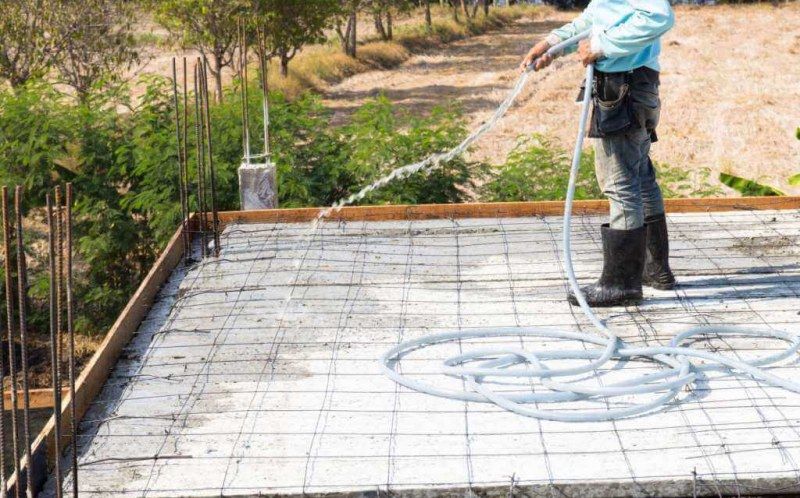
Water curing can be done in the following ways:
1. 1 Immersion:
The precast concrete items are normally immersed in curing tanks for a certain duration.
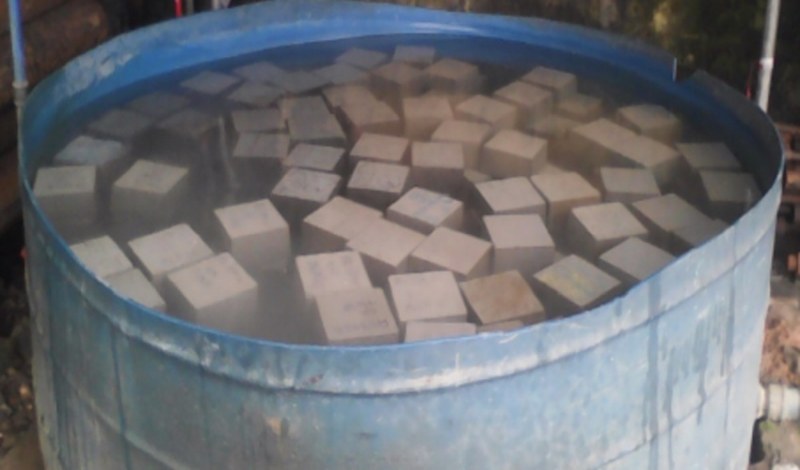
1.2 Ponding :
Pavement slabs, roof slabs etc. are covered underwater by making small ponds.

1.3 Spraying :
Vertical retaining walls or plastered surfaces or concrete columns etc. are cured by spraying water.
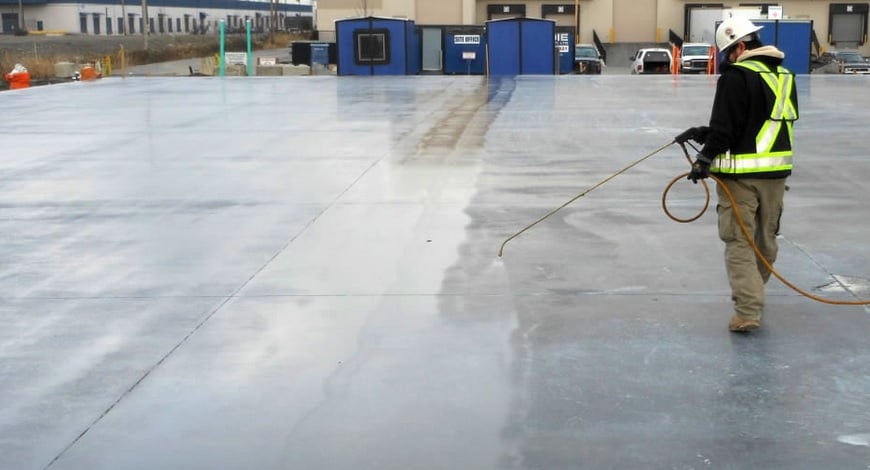
1.4 Wet covering :
In some cases, wet coverings such as wet gunny bags, hessian cloth, jute matting, straw etc., are wrapped to vertical surfaces for keeping the concrete wet.
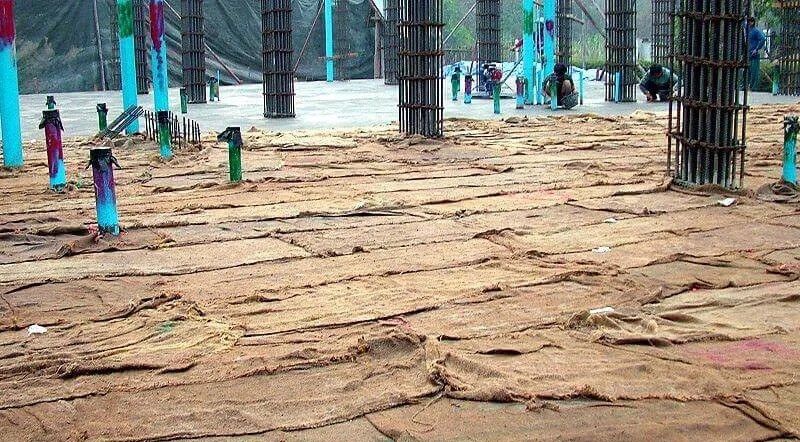
2. Membrane Curing:
Sometimes, concrete works are carried out in places where there is an acute shortage of water. The lavish application of water for water curing is not possible for reasons of economy. Curing does not mean the only application of water; it means also the creation of conditions for the promotion of uninterrupted and progressive hydration. In this type of curing, concrete could be covered with a membrane which will effectively seal off the evaporation of water from concrete.
The idea is to obtain a continuous seal over the concrete surface by means of a firm impervious film to prevent moisture in concrete from escaping by evaporation.
Some of the materials, which can be used for this purpose, are bituminous compounds, polyethylene or polyester film, waterproof paper, rubber compounds etc.
When waterproofing paper or polyethylene film are used as a membrane, care must be taken to see that these are not punctured anywhere and also see whether adequate lapping is given at the junction and this lap is effectively sealed.
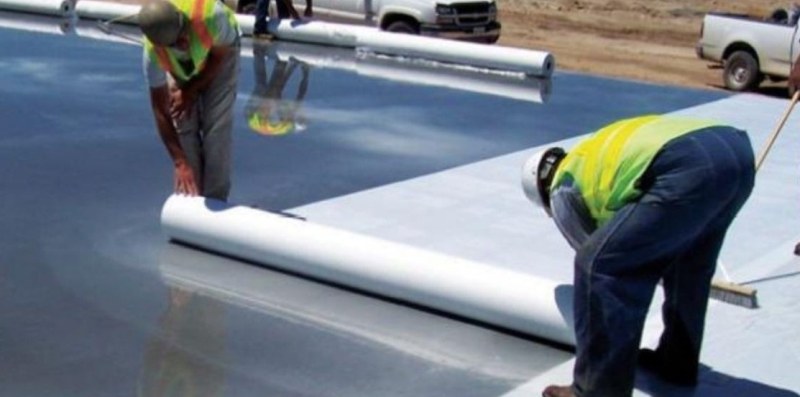
3. Steam Curing:
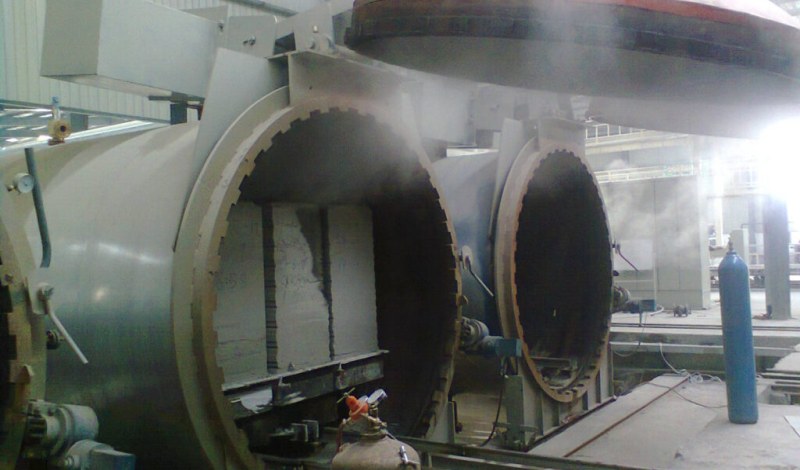
3.1 Steam curing at ordinary pressure
This method of curing is often adopted for prefabricated concrete elements. Application of steam curing to in situ construction will be a little difficult task. However, in some places, it has been tried for in situ construction by forming a steam jacket with the help of tarpaulin or thick polyethylene sheets.
But this method of application of steam for in situ work is found to be wasteful and the intended rate of development of strength and benefit is not really achieved.
3.2. High-Pressure Steam Curing
In the steam curing at atmospheric pressure, the temperature of the steam is naturally below 100°C. The steam will get converted into water, thus it can be called in a way, as hot water curing. This is done in an open atmosphere.
High-pressure steam curing is something different from ordinary steam curing, in that the curing is carried out in a closed chamber. The superheated steam at high pressure and high temperature is applied to the concrete. This process is also called “Autoclaving”. The autoclaving process is practised in curing precast concrete products in the factory, particularly, for lightweight concrete products.
4. Self Curing Concrete
Self-curing concrete is one type of modern concrete, which cure itself by retaining water (moisture content) in it.
The use of POLYETHYLENE GLYCOL in conventional concrete as an admixture helps better hydration and hence the strength of concrete.
